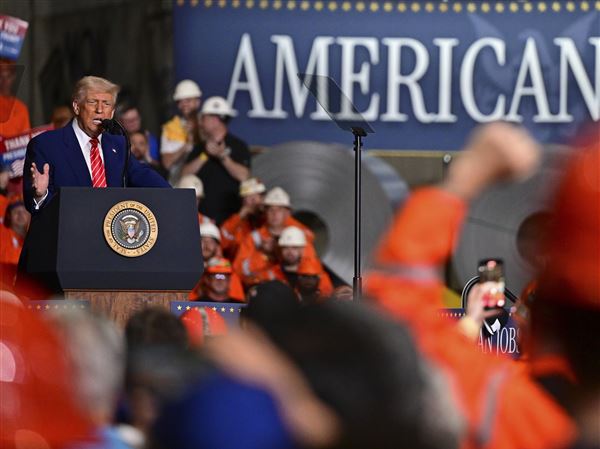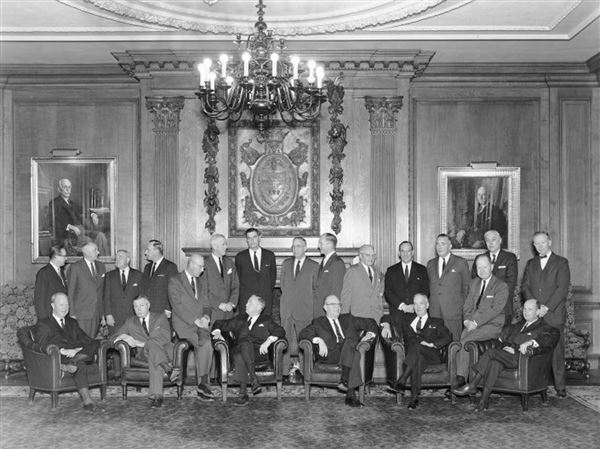Shutterbugs are snapping up high-end digital cameras, creating some unexpected prosperity for the photography industry.
Now that more than half of American families have replaced their film cameras with sleek, pocket-size, point-and-shoot digital cameras, many are stepping up to buy chunky digital cameras with zoom lenses and numerous dials and buttons that offer consumers picture-making options that were once only the province of skilled professionals. Marketers and analysts alike have been raising their sales forecasts and now predict a booming Christmas.
The high-end cameras generating all the excitement are what the industry calls SLR cameras, for "single lens reflex," because the photographer frames the picture directly through the lens rather than through a separate viewfinder.
Sales of digital SLRs are expected to rise 50 percent this year to $1.8 billion in North America, according to market-research firm Infotrends in Weymouth, Mass. That would give digital SLRs almost one-fifth of the digital-camera market. "Nobody believed we'd see it grow as big as we now expect it to grow," says Ed Lee, an analyst with Infotrends.
For many consumers, the move to digital SLRs reflects frustration with compact models where the camera doesn't capture the picture until well after the photographer pushes the button. Scott Brooke, a network engineer in Frederick, Md., bought a $1,100 Canon Rebel three years ago because his young children were very active and "we were losing a lot of shots." Due to his compact digital camera's shutter lag his children sometimes turned away or changed from a cute pose before the image was captured. SLRs don't have that problem.
For some baby boomers, the digital SLRs also provide a way to resume a hobby they enjoyed in the 1970s and 1980s during the heyday of film SLRs. And there is a style issue. "It's a cool-looking camera," says Mark Duffy, a Newton, Mass., high-tech entrepreneur who six months ago bought his second digital SLR, a Canon EOS 5D, which typically retails for more than $2,000.
Although professional photographers started migrating to digital SLRs costing $4,000 or more six years ago, industry marketers had predicted that consumers wouldn't be interested in cameras priced at more than $500. Eastman Kodak Co. stopped selling professional digital-SLR cameras in 2005 and decided it wasn't worthwhile to pursue consumers. When Canon Inc. introduced its first digital SLR priced at less than $1,000 in 2003, experts thought it would appeal mostly to hobbyists and people who already had Canon lenses for their old film cameras. Nikon Corp., which came out with a sub-$1,000 model a little later, had similar expectations.
But this year, Sony Corp., Matsushita Electrical Industrial Co.'s Panasonic brand, Samsung Electronics Co., Pentax Corp. and Olympus Corp. all unveiled new models, some costing as little as $600. This month, Nikon has begun shipping a $599 model called the D40.
The SLR boom is improving the bottom line for camera companies. In its third-quarter report on earnings, Japan's Canon said sales of digital SLRs and lenses helped boost pretax camera-segment profit 38 percent to $571 million. Nikon cited strong digital-SLR sales as key to its record first-half results. The Japanese camera-industry trade group, the Camera & Imaging Products Association, or CIPA, recently doubled its estimate for world-wide unit growth in digital cameras this year to 4.3 percent from 2 percent, because of 13 percent growth in digital SLRs.
In a year when CIPA expects sales of film cameras to slide 67 percent, the growth in digital SLRs is a welcome counter. Digital SLRs also provide a stream of ongoing revenue as enthusiasts buy additional lenses to give their cameras greater capabilities. SLR enthusiasts also are more likely to buy more expensive home photo printers, rather than use the all-purpose inkjet printers that came bundled with their PCs.
The digital SLRs, with an average selling price of $942, according to market researcher NPD Group Inc., provide hefty margins for both retailers and manufacturers. Many compact digital cameras are barely profitable because of vicious price competition among warehouse stores, Wal-Mart Stores Inc. and big-box electronics retailers.
Indeed, the digital-SLR boom has provided a lifeline for the nation's 3,500 specialty camera retailers. Retailers are crowing over the prospects for ancillary sales of lenses and flashes, gear bags and tripods. Bob DeVita, vice president of Ritz Camera Centers Inc., an 1,100-store specialty chain based in Beltsville, Md., says that while compact digital cameras sell well at mass-merchandisers, buyers weighing the purchase of a pricey SLR like the fact "you can come to us and we can discuss" the options. "We're excited. It's getting to what it was back in the day."
Digital SLRs create better pictures than compacts for several reasons. Most important is the size of the sensor that captures the image. While both compacts and SLRs often have sensors with eight megapixels or more, the pixels in the SLRs are much larger. Larger pixels collect more light, which allows them to shoot an image more quickly and more accurately capture a picture in low-light conditions. They also can snap a series of shots of athletic action without blurring.
Viewing through the lens permits more accurate composition of a photo than using the 2.5-inch screens commonly on the back of both types of cameras. Indeed, many compact cameras lack any optical viewfinder, which sometimes makes them difficult to use in bright sunlight.
Still, some midrange, digital compact cameras costing $300 or less pack in many of the sophisticated electronic features of SLRs, including automatic red-eye reduction, face detection, antishake features and on-camera editing. Compacts also can take videos, which many SLRs can't. And compacts will fit in a shirt pocket; SLRs might fit in a glove compartment, if you're lucky.
Photo-industry experts are increasingly optimistic that the digital SLRs will boost the number of consumers who call photography their hobby, historically 3 percent of the market. Fredo Durand, an associate professor at Massachusetts Institute of Technology who teaches courses on photo technology, says, "Digital SLRs for color photography are much better than film." He predicts that more photographers will move beyond snapshots to make sophisticated photos because "although the camera is more complicated, the instant feedback (of seeing the shot) has revolutionized the job of learning photography."
For example, he says, a photographer can see the effect of faster shutter speeds on a shot by pressing a button -- something that used to require switching to a different roll of film.
That ability to experiment appeals to Karen Baker, a bookkeeper at a seafood factory in Gulfport, Miss., who bought a Nikon D50 earlier this year for $600.
"I've always loved to take photos, but the cost of film really stymied me," she says. Now she patrols Gulf beaches photographing pelicans and terns, and posts pictures of the post-Katrina cleanup on her Web site. With the SLR, she adds, "I can now take as many pictures as I want, and I can experiment with different settings."
First Published: December 5, 2006, 5:00 a.m.














